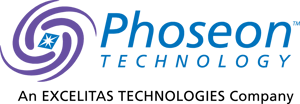What are the limitations?
Traditional liquid chromatography (LC) separation and detector strategies are restricted in the variety of organic solvents that can be used because of the inherent organic chromophore competition for UV absorption at short […]
















.jpg?width=668&name=Vaccine%20Blog%20banner%20(2).jpg)








